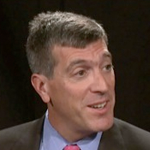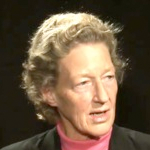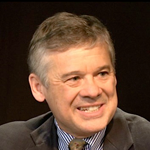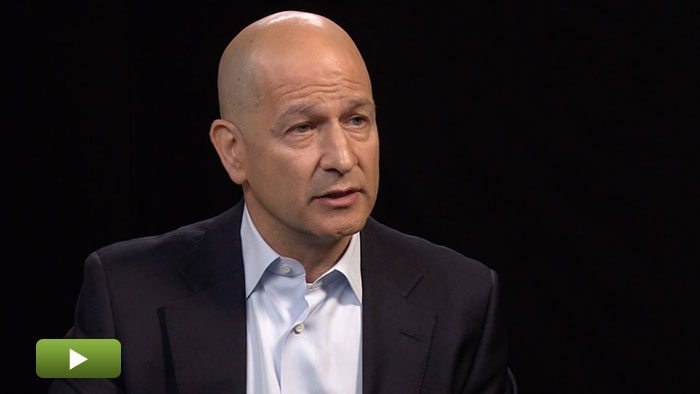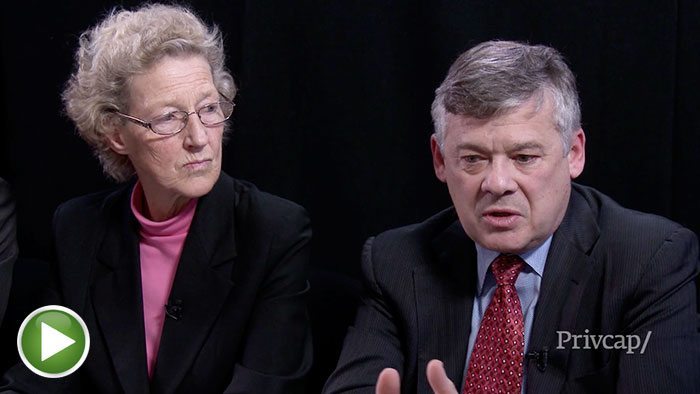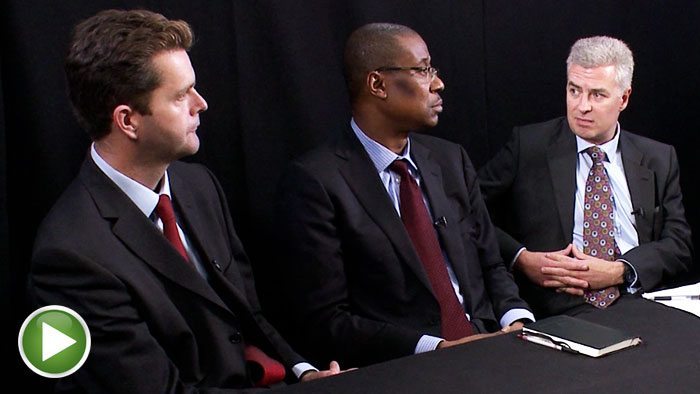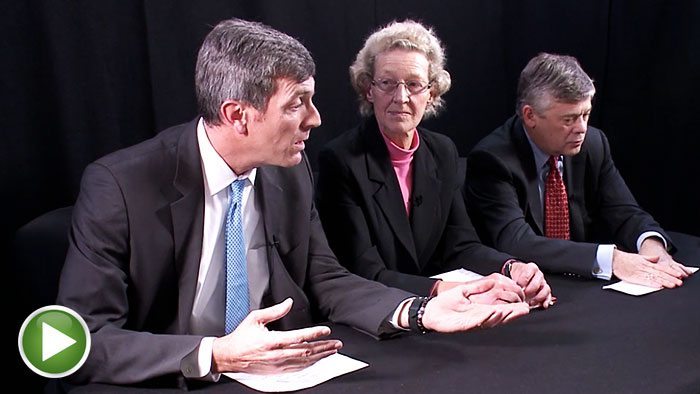Stories of Impact Success
Private equity experts share stories in which successful private equity investments also yielded incredible societal benefits, from an education company in Brazil to a timberland deal in Africa.
Transcript Download Transcript
Stories of Impact Success
Impact Capital in the Emerging Markets
David Snow, Privcap: Today, we are joined by Jeff Bunder of EY, Pat Dinneen of Siguler Guff, and Jeff Leonard of Global Environment Fund. We are talking about impact capital in private equity, which could be in developed markets or emerging markets. All of you work across the spectrum. I am interested in stories that can serve as examples of how one can achieve both financial returns and a hope for impact, whether it’s environmental, social or both.
Pat, you are heavily involved in the impact movement. I’d love to hear a story. Let’s pretend there are skeptics that say, “Come on, give me a break, can you really make financial returns and help the world at the same time?” What stories do you have?
Patricia Dinneen, Siguler Guff: Let me chose an easy and compelling one. Certain sectors are more impactful, namely education. But not just college education for the elites—vocational education for people at the bottom of the pyramid, the low income. There is a nearly 20-year-old Brazilian company called Anhanguera, established in 1994 by four professors who wanted to extend learning to the poorer segments of the population. After about 10 years, they had developed four campuses, with 9,000 students. They restructured and they went in for private-equity funding. Though it doesn’t call itself impact investing, Patria (one of the oldest impact-investing firms) private-equity invested in 2005. With that capital alone from IFC, Patria used its principal as a private equity to start consolidating, rolling up within three years IPO on the Bovespa market, Novo Mercado—they raised a huge amount of capital, which enabled them to continue investing. After Patria invested, made over 20 times return on its capital, and started creating new campuses throughout Brazil, it was announced four or five months ago that Anhanguera had merged with Kroton, the #1 distance-learning company in Brazil, also backed by a private-equity firm, Advent. The merged company is now the #1 worldwide for-profit education company, with over one million students. It has had tremendous impact in terms of low-income populations, getting training and getting into the workforce. 93% or 94% of the students graduate, get jobs and gain social inclusion. One reason they were able to make so much money as a private-equity firm is that it is a very asset-like model. Many of these students work during the day and study at night, they go into vacant warehouses, satellite technology, beaming into the warehouses. Some of the best and brightest professors are available through distance learning. That model is replicable. Professor Carbonari, the founder, is starting to look beyond Brazil to see if he can replicate it in places like India and other frontier markets.
Jeff Bunder, EY: We talked about 20 times return, and yet–
Dinneen: It was more than 20 times.
Bunder: More than 20, but again, you are talking about impact. They probably did not use the term back then.
Jeff Leonard, GEF: It was a big impact.
Dinneen: Yes. I called them “impact investors,” but they would not call themselves that. It was my way of demonstrating that it is possible to have all these benefits. With a strict definition of intentionality, they would not qualify the definition. But it is a superb example of what you can do.
Snow: Jeff from GEF, do you have any stories that exemplify the pursuit of returns also coinciding with an impact?
Leonard: Like I said, we specifically look for opportunities where we can use our expertise to solve significant and environmental, social problems and challenges and achieve a great rate of return. Several years ago, we started out with a perception that there was a dearth of well-managed timber lands that were sustainable and able to supply high-quality timber in the world markets. We looked around the world and said, “Where in the world can we see relatively undervalued, poorly utilized but sustainably managed timberlands?” We saw that was the case in South Africa. At the same time, anywhere in a rural area of Africa, you have to worry about more than just profitability on your enterprise. We saw a terrific opportunity in the case of acquiring timberlands from Anglo-American Mondi, non-core assets and trying to put them together, rebuild, retool and reopen saw mills that had been closed in Mpumalanga in South Africa, where there are 3.5 million, largely unemployed people. There is no industry except for forest lands; the timber mills were shuttered.
So, it was a terrific opportunity to utilize the timber. These are watersheds—the forest lands were planted in watersheds over the Kruger National Park area, so you were protecting the environment and watersheds of Kruger, enabling year-round water in areas of Kruger where, if it dried up and those timberlands went away, there would not be… by investing in the mills, we were implying and retraining thousands of workers, bringing a whole economy back to life in the region. As we found out, going along, our labor force was between 25% and 30% HIV-positive. Imagine a for-profit business, growing and expanding in profitability, where the CEO was going around at the 3 A.M. shift of the mills with a pointer and a pad saying that HIV causes AIDS, and teaching people how to use condoms. In the mills, we gave away free condoms because the transmission of HIV was a real harm to our business. We found out we were the only source of meals and water for many employees. We had to worry about the education of our employees in rural areas because the South African school system was unable to meet those needs. So, a business that truly was a business coming back to life, engaging in higher and higher profitability enterprise and employing new people also became a triple bottom line of business. Not every business can have that kind of impact, but if you select and you know what you are good at and you can find opportunities like that, you can make a big difference. For me, I will always remember the day that I saw, as I spoke to 1,200 workers, all of them wearing the white Global Forest Product shirts and caps we had given them, raising flags. People were saying, “We have a job, I’m so happy I’ve got HIV anti-retrovirals” we had acquired. People started disclosing that they were HIV-positive, which nobody did in South Africa in those days. So, you really felt that you were changing an entire economy and, at the same time, building a profitable business.
Dinneen: Excellent. I commend you for that example, and there is another benefit you did not mention: the opportunity cost. Had you not invested, the deforestation and destruction of the land could have been catastrophic. That is one hopeful part of this movement, that we are starting to look at total cost accounting.
Snow: Jeff Bunder, from EY, can you can give an example from the developed markets, the emerging markets, or wherever is good?
Bunder: I will give you both, I’m not going to name names.
Snow: Send an e-mail to Jeff Bunder if you want names.
Bunder: Just to give you a sense of where we were five years ago and where we are today. Five years ago, I moderated a panel. One of the big-fund senior MD’s was sitting on the panel, along with the CEO from one of his piggy-back companies. An audience member asked a question like, “Are you focused on carbon footprint? Are you focused on issues around the environment?” He gasped, clearly thinking this was not going to go well. The CEO said, “Absolutely” and listed about 15 of his accomplishments, anything from electricity reduction to natural resource reduction. He talked eloquently about how committed he is to this. After the panel, the senior MD said, “I never heard that before. It never came up.” But, again, that was five or so years ago.
Fast-forward to today: there are a number of case studies on their websites and they talk about regularly. Not only that, but they emphasize it. They have come that far in a short period. I am sure there is more runway, but it captures where the developed markets from a PE perspective have adopted these principles. Shift to the emerging markets, where every day, we are helping private-equity investors look at new opportunities. It is interesting that, again, it is not called impact investing. It is not as if they call and say, “I have this impact-investing opportunity, can you guys come and help us diligence this deal?” But, in many cases, it is looking at entrepreneurial businesses that need private-equity capital and private-equity management assistance, or operational assistance in things like healthcare (which is definitely helping communities), banking, insurance, electricity transmission, real-estate development, and down the list. Clearly, all of those have an impact, not to mention job creation, which comes with the plan in terms of putting that capital to work once private equity comes to the table.
